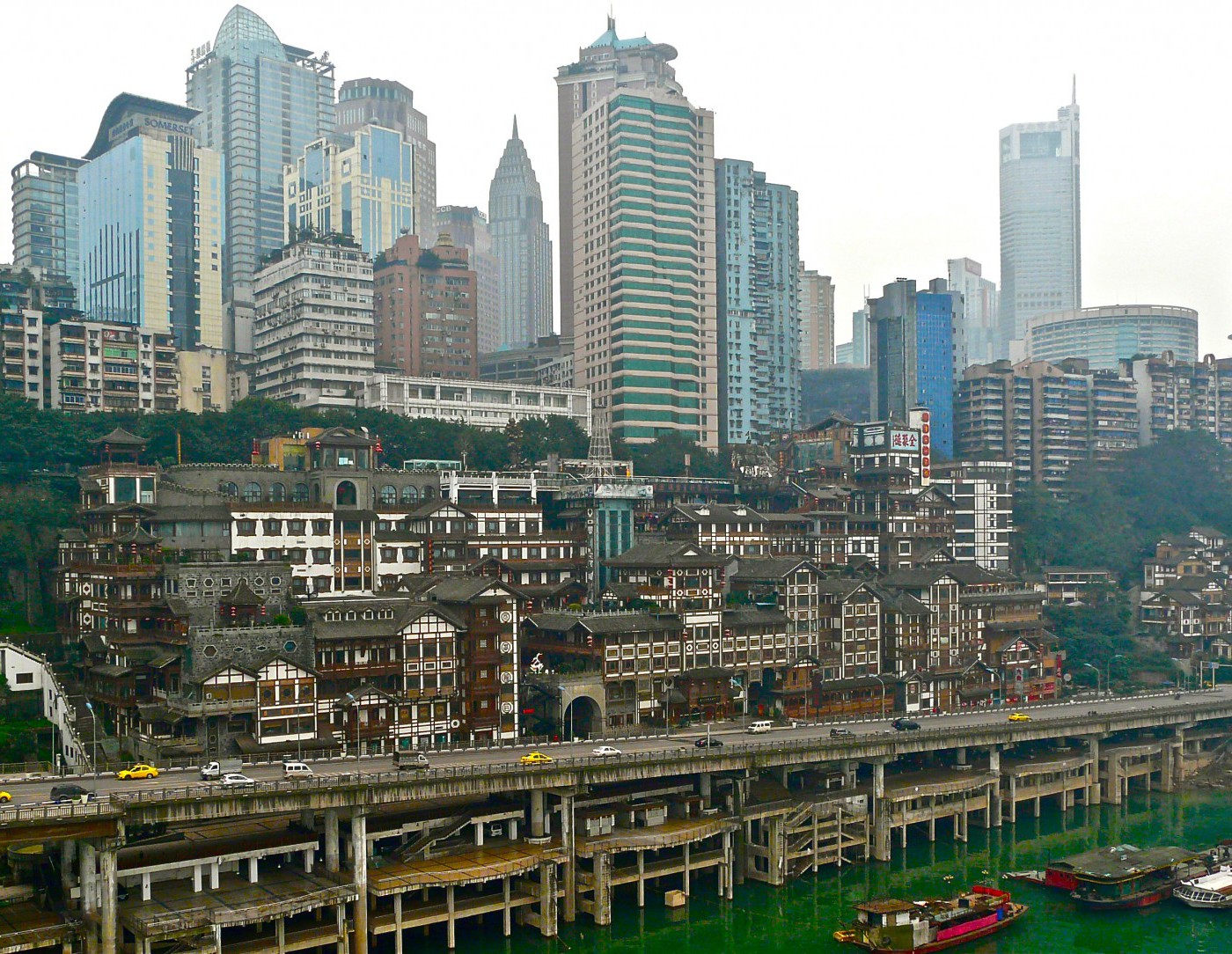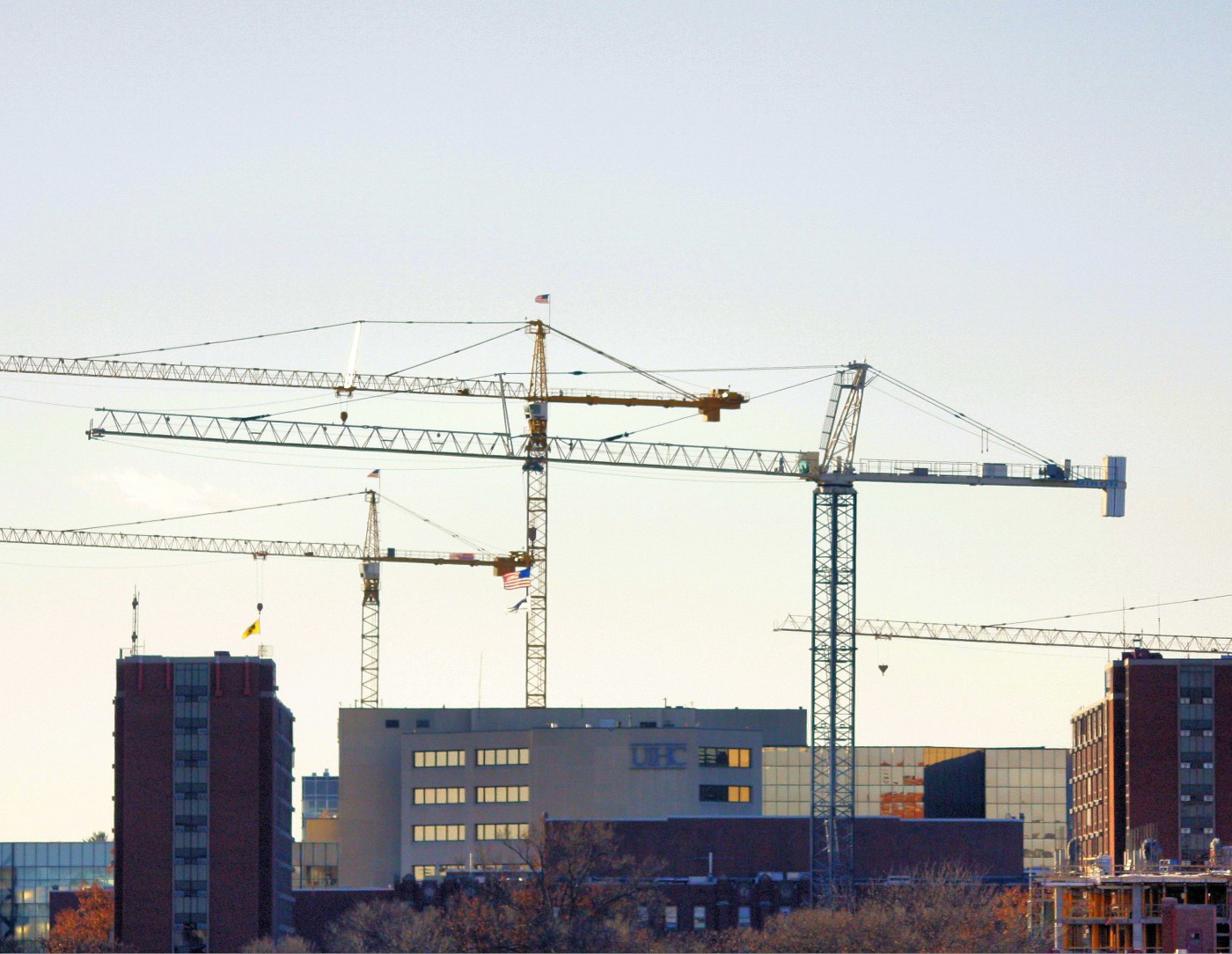Related

Working Paper
/ Feb 12,2015
Making Land Fly
Land Quota Markets in Chinese Urbanization
by
Yuan Xiao

Working Paper
/ Aug 18,2014
City Replanning
by
Roderick Hills, David Schleicher
At what level should top-down urban planning progressively vanish to allow a spontaneous order to emerge? That is the question Alain Bertaud asks in his recent working paper for NYU's Development Research Institute (DRI). Though some top-down planning is essential for urban development, Bertaud emphasizes that it can extend too far — often with negative consequences for the least advantaged. He focuses on the issue of minimum consumption standards in housing markets, illustrating the point that such top-down directives routinely end up excluding the poorest residents from the formal sector. Below is the abstract of Alain's paper, the full text of which can be found here.
The spatial structure of large cities is a mix of top-down design and spontaneous order created by markets. Top-down design is indispensable for the construction of metropolitan-wide infrastructure, but as we move down the scale to individual neighborhoods and lots, spontaneous order must be allowed to generate the fine grain of urban shape. At what scale level should top-down planning progressively vanish to allow a spontaneous order to emerge? And what local norms are necessary for this spontaneous order to result in viable neighborhoods that are easily connected to a metropolitan-wide infrastructure? Examples from Southeast Asia show that an equilibrium between topdown designed infrastructure and neighborhoods created through spontaneous order mechanisms can be achieved. This equilibrium requires the acknowledgement by the government of the contribution of spontaneous order to the housing supply. Spontaneous order ignored or persecuted by government results only in slums.
Watch Alain's presentation of this paper at DRI's 2014 conference, "Cities & Development: Urban Determinants of Success", below. Market Urbanism interviewed Alain during the conference — you can find it here.
Please fill out the information below to receive our e-newsletter(s).
*Indicates required.